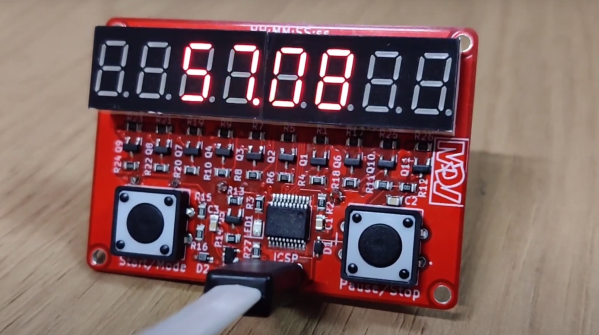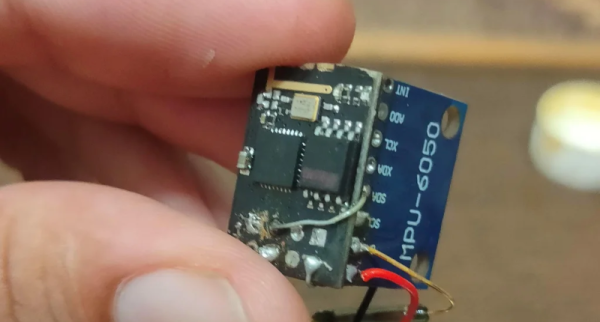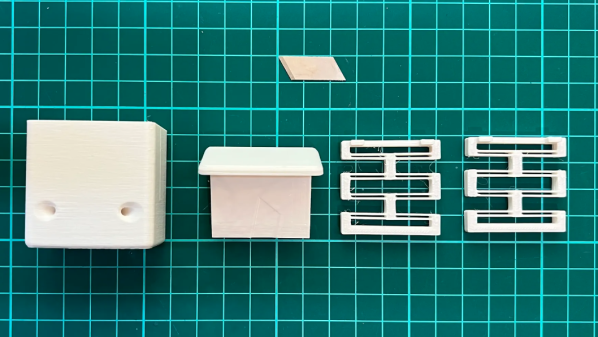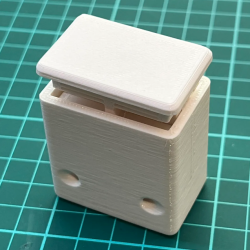The solar analemma is the shape the sun traces out when photographed each day at the same time and same location for a whole year – but you probably knew that already. [makendo] decided to use this skewed figure-eight shape as the inspiration for a chandelier, and the results are stunning.
A laser cutter was used to cut out segments of the analemma shape in plywood, such that they could slot together into the full form. These were then glued together on to a plywood sheet as a template to cut out the full-size form in a single piece. Some laminate edging was then added and the entire thing was given a coat of black gloss paint. String lights were cut up to provide the many globe fittings required, and installed on the back of the chandelier.
[makendo] notes that with a full 51 bulbs in the chandelier, it’s way too bright for most dining room settings. A dimmer is thus used to tone down the output to reduce eyestrain at mealtimes. It’s a fun build, and we’ve always loved light fixtures that are inspired by astronomy. If you like the moon more than the sun, though, there’s a build for you too!


















